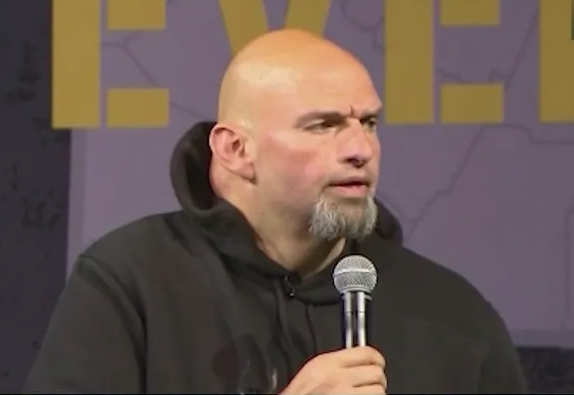Gabriel Rossman writes for City Journal about the uniform nature of woke groups.
America’s major institutions have gone woke the same way that someone goes bankrupt: slowly, then all at once. How is it that so many of us have had the experience of being in a diversity-training session divided into racially segregated “affinity groups” or reading yet another sackcloth-and-ashes statement from management and thinking: They can’t possibly believe this, right? Any answer should begin with the dominant theory from the sociology of organizations: neo-institutionalism and isomorphism. The theory explains that organizations go beyond their core competencies to imitate market leaders and to meet the demands of their trading partners, the regulatory state, and key employees.
Based on his study of a Stone Age culture in New Guinea, Bronisław Malinowski argued that when people face uncertainty, they turn to magic to propitiate the capricious spirits responsible for their incomprehensible misfortune. Being ever-so-sophisticated people who attended business school, corporate executives don’t hire shamans to replenish fisheries or to avoid a storm. Instead, they bring in consultants to help the firm embrace best practices. But as Charles Fain Lehman explains, John Meyer and Brian Rowan’s 1977 paper in the American Journal of Sociology, “Institutionalized Organizations: Formal Structure as Myth and Ceremony,” argues that this distinction is a farce—that much behavior as practiced by modern corporations, NGOs, and government agencies is not about technical efficacy that rationally orients means to ends but ritual, vaguely intended to elicit good fortune by achieving legitimacy with the firm’s “environment.” …
… In the era of the Great Awokening, it’s increasingly clear that employee activism is a powerful force for shaping firm behavior. For instance, Apoorva Ghosh recently demonstrated in Socio-Economic Review that employee LGBT caucuses are the most important explanation for why corporate America began covering gender transition in employee health plans.


